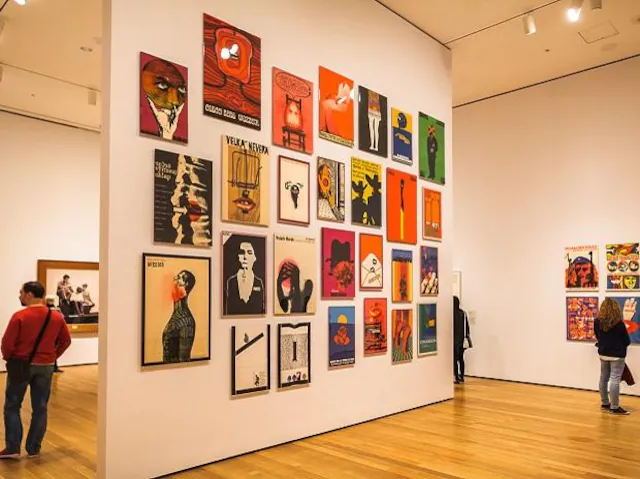It is an asset that long-term commitment and keen interest in trends and taste
The art market in India has grown in recent years. Estimates suggest the total worth of artworks auctioned annually amounts to nearly $100 million. An art aficionado who wishes to invest in this asset class, however, faces multiple challenges. It is difficult to get a sense of how the market is performing.
An equity investor can look up the performance of the Sensex to assess if investing in equities is a worthwhile endeavour. In the absence of an index, an art investor found it difficult to make a similar assessment. Until recently, that is. The Indian Institute of Management Ahmedabad (IIMA), in collaboration with Mumbai-based Aura Art Development (a specialist in art transactions), has addressed this lacuna by launching the IIMA-AuraArt Indian Art Index (IAIAI).
Index for a heterogeneous asset
IIMA analysed the data provided by Aura Art for auction results of over 9,000 artworks belonging to the top 25 Indian artists auctioned across 11 auction houses around the world. Data from April 1, 2001 to June 30, 2022 was utilised. Only artists with a critical mass of paintings auctioned were included.
Developing an index for artwork carries a unique challenge. Unlike financial assets, which are homogenous, artwork is highly heterogeneous. Each product is unique. Creating a unified index for such a heterogeneous asset class is the challenge this index tries to address. “The index is broadly relevant irrespective of which quality of art works dominated the sample over time,” says Prashant Das, IIMA faculty who led the initiative for developing the index.
Dual returns
Experts say those who are passionate about art may invest in it. “If you are a connoisseur, you will derive pleasure from the artwork as it hangs on your wall. And, over the long term, it could also offer a decent investment return,” says Vishal Dhawan, chief financial planner, Plan Ahead Wealth Advisors. Collectors with a good eye and a knack for picking a work at a low price while the artist is still obscure can earn an exponential return as the latter gains in popularity.
Faulty pick can hurt
At the same time, if the artist you pick doesn’t gain in popularity, the desired returns may not materialise. “Sometimes people don’t make a profit while selling because the price of the artwork has plateaued over time,” says Roshini Vadehra, director, Vadehra Art Gallery.
Buying the work of an established artist will require a large outlay.
Selling an artwork at a short notice may also be difficult as this asset class is far more illiquid compared to, say, equities. “Selling may prove especially hard during an economic slowdown,” says Dhawan.
Vadehra adds that getting a painting sold or auctioned involves a high transaction cost as a fee has to be paid to the gallery or the auction house. Paintings, being physical assets, are also subject to wear and tear due to heat, humidity, etc.
Sale of a painting also attracts a capital gains tax. A painting held for more than 36 months is treated as a long-term capital asset while one held for up to 36 months is treated as a short-term capital asset. “Long-term capital gains are subject to tax at the rate of 20 per cent after availing indexation benefit. Short-term capital gains are taxed at the taxpayer’s marginal slab rate,” says Suresh Surana, founder, RSM India.
Seek expert advice
While betting on obscure artists can yield outsized returns, sticking to established ones is the safer course. “It is best to collect works of artists who are already established through exhibitions, gallery representation, and documentation (in terms of books or catalogues),” says Vadehra.
If you are not an expert, seek professional guidance from a gallery or an art expert. Also, diversify across artists and genres. Invest with at least a five-year horizon and limit exposure to this— still nascent— asset class to 5-10 per cent of your overall portfolio.




